April 14, 2025 | 07:58 GMT +7
April 14, 2025 | 07:58 GMT +7
Hotline: 0913.378.918
April 14, 2025 | 07:58 GMT +7
Hotline: 0913.378.918
Deputy Minister, after directly inspecting and overseeing efforts to combat drought and saltwater intrusion in several regions across the Mekong Delta, how do you assess the severity and impact of saltwater intrusion on production and daily life?
According to forecasts, this year’s saltwater intrusion will be at a moderate level, with some occurrences falling below the multi-year average. As a result, the overall impact of saltwater intrusion will not be too severe. However, given the ongoing effects of climate change, especially rising tides, certain saltwater intrusion events will exceed the average. We have issued early warnings regarding these developments accordingly.
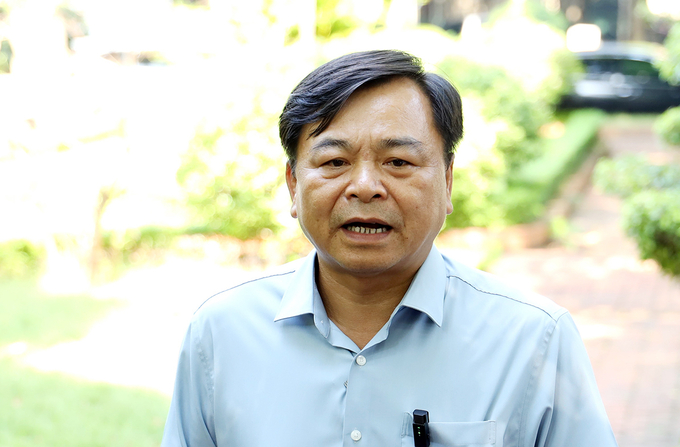
Deputy Minister of Agriculture and Rural Development Nguyen Hoang Hiep stated that the Mekong Delta will experience three occurrences of saltwater intrusion in the near future. Photo: Minh Phuc.
In response to this issue, the Prime Minister issued an urgent Directive on February 17, requesting all local governments to proactively implement response measures. In compliance with this directive, the Ministry of Agriculture and Rural Development has dispatched working groups to review the implementation of previous directives and assess local preparedness.
We anticipate that the most severe occurrence of saltwater intrusion of the year will occur between February 24 and March 4, with salinity penetrating up to 65 to 70 kilometers inland in several river estuaries. Accordingly, local governments have taken early action to prevent drought and saltwater intrusion, in addition to strictly following pre-established response plans. Notable examples include: dredging canals to store water, adjusting cropping schedules, and ensuring the safety of fruit farms, domestic water supply, and other economic sectors. With these initiatives in place, I can confidently affirm that the Mekong Delta is fully prepared to completely mitigate damage from saltwater intrusion.
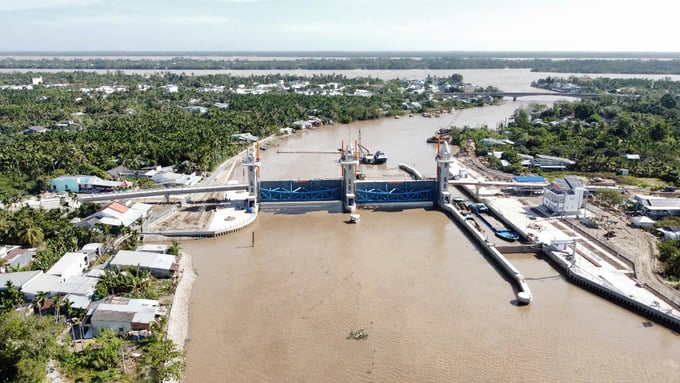
The Rach Mop sluice gate project is expected to be officially operational in April 2025, with the aim of assisting Soc Trang Province in responding to saltwater intrusion. Photo: Kim Anh.
What key directives has the Ministry of Agriculture and Rural Development issued to help the Mekong Delta adapt to saltwater intrusion?
Over the past three years, the Ministry of Agriculture and Rural Development has developed a standardized process for managing and responding to saltwater intrusion in the Mekong Delta. Consequently, local governments have become proficient in implementing the process. As a result, the Mekong Delta is currently able to respond to saltwater intrusion in a routine manner, with a focus on proactive measures.
According to this process, several key solutions are essential. Firstly, in terms of non-structural measures, local governments must continue adjusting cropping schedules in response to saltwater intrusion forecasts.
Secondly, they must adapt local production plans accordingly. Despite the lengthy time requirement, local agencies have made significant progress. A fundamental principle in production planning is the efficient use of all water resources regardless of their type, whether saline, brackish, or freshwater. Consequently, in addition to rice cultivation, local governments should also consider integrated production models such as shrimp-rice farming, fruit cultivation, and aquaculture.
Thirdly, stakeholders must continue their training and capacity-building activities to equip their workforce with scientific and technical knowledge. This initiative will enable local officials to guide farmers, thereby fostering a proactive and sustainable approach to living with saltwater intrusion in the Mekong Delta.
Regarding structural measures, local governments are actively implementing projects in accordance with approved irrigation and disaster prevention plans, as well as the broader Mekong Delta regional planning strategy. The Ministry of Agriculture and Rural Development is currently overseeing the construction of major sluice gates, which will help regulate salinity levels in river estuaries. In the medium term, namely, from 2026 to 2030, we will propose further investments in additional major sluice gates for the region. On the other hand, local governments are continuing to develop decentralized water storage facilities at the district and commune levels, tailored to demand. These efforts have been progressing effectively.

Deputy Minister Nguyen Hoang Hiep inspecting the temporary operation of the Rach Mop sluice gate in Soc Trang Province. Photo: Kim Anh.
Additionally, local governments are responsible for dredging rivers and water channels and actively managing water reserves in production areas. Most importantly, maintaining a stable domestic water supply for local residents is a crucial task. The Prime Minister has issued multiple directives, and we are implementing a project to guarantee access to clean water. We expect that by 2030, 80% of rural residents in the Mekong Delta will have access to standardized clean water, similar to urban areas. For regions where direct water supply is impractical, alternative solutions will enable households to store water for up to two months, thereby ensuring access to safe drinking water.
With three more occurrences of saltwater intrusion expected this year, what recommendations do you have for local governments and residents regarding maintaining preparedness, despite forecasts indicating a lower-than-average impact?
There are still three more occurrences of saltwater intrusion expected this year, with the final one likely occurring in April, slightly later compared to previous years. The most severe intrusion will most likely occur between February 24 and March 4. I urge local authorities in high-risk areas to organize public awareness campaigns and ensure the effective implementation of response plans.
Our response scenarios have outlined several necessary actions. However, I must note that local authorities must remain vigilant, particularly during the upcoming severe saltwater intrusion. Our primary concern is the potential for tidal surges to combine with strong winds, which could push saltwater intrusion further inland than current forecasts suggest.
Saltwater intrusion is a recurring challenge. What long-term strategies has the Ministry of Agriculture and Rural Development developed to enhance adaptation efforts?
Regarding a long-term and, to some extent, permanent solution to this issue, the Prime Minister has directed the development of a comprehensive Plan for Drought and Saltwater Intrusion Prevention, Land Subsidence, Flooding, and Domestic Water Supply to address five critical challenges in the Mekong Delta.
This plan has undergone consultations, with all relevant ministries and agencies expressing their approval. It is currently pending official governmental approval. After integrating this initiative into the Mekong Delta Regional Plan, the National Irrigation and Disaster Prevention Plan, and local development plans, we will be able to implement solutions more effectively.
The fundamental principles of this plan corresponds with Resolution No. 120 and other central government directives, with an additional focus on targeted investments and a phased implementation process. It aims to comprehensively address drought, saltwater intrusion, and land subsidence by 2030.
In the medium term, we are researching the construction of additional saltwater control sluice gates at major river estuaries. Potential locations include the Vam Co and Co Chien rivers, with further assessments currently underway for other key waterways such as the Ham Luong River. We aim to implement these large-scale projects gradually, thereby promoting a systematic and sustainable approach to water management in the region.
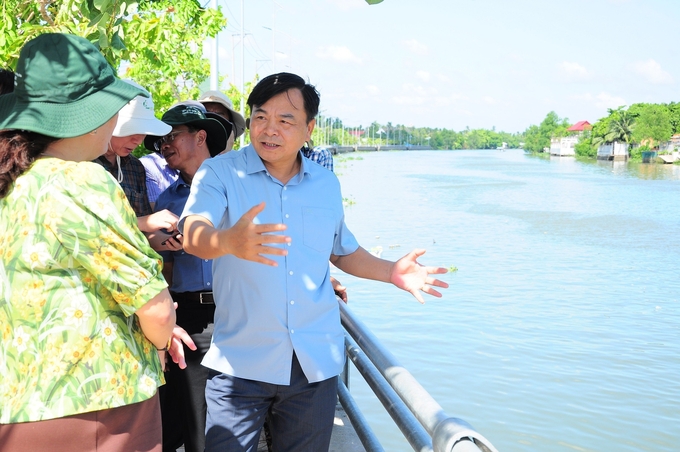
Deputy Minister Nguyen Hoang Hiep inspecting the project site for Flood Prevention, Erosion Control, Climate Change Adaptation, and Urban Redevelopment in Can Tho City. Photo: Kim Anh.
Another critical issue is the continued construction of inner embankments to prevent flooding in major urban areas. For example, we have collaborated with Can Tho authorities to mitigate the impacts of tidal surges on half of the city. In addition to addressing tidal surges and land subsidence, the city must also focus on reducing groundwater extraction activities.
To date, all local governments have developed decentralized water storage plans to provide clean water. Notably, we have requested that these facilities also be present at the commune level to limit groundwater exploitation, with a focus on areas with intensive aquaculture activities.
Translated by Nguyen Hai Long
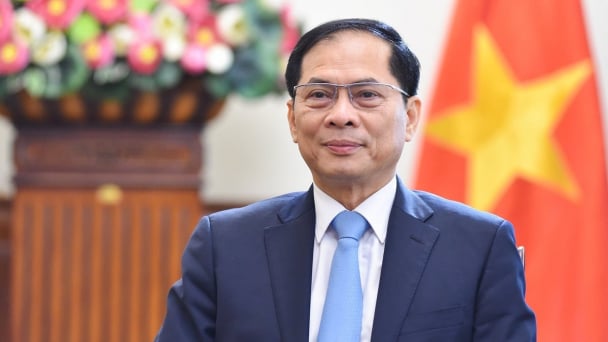
(VAN) According to Deputy Prime Minister Bui Thanh Son, through this P4G Summit, Vietnam aims to convey the message of transforming its growth model towards rapid and sustainable development.

(VAN) Soybean production has been a priority for China to ensure food security, with increased soybean cultivation and yields highlighted in the annual No. 1 Central document.
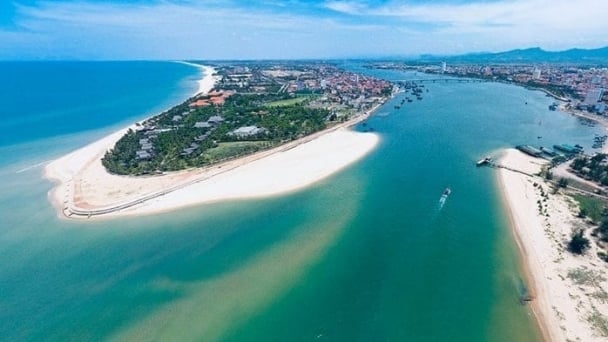
(VAN) Vietnam Sea and Islands Week 2025 is expected to take place in Quang Binh, featuring a series of meaningful activities aimed at protecting the ocean through green technology solutions.
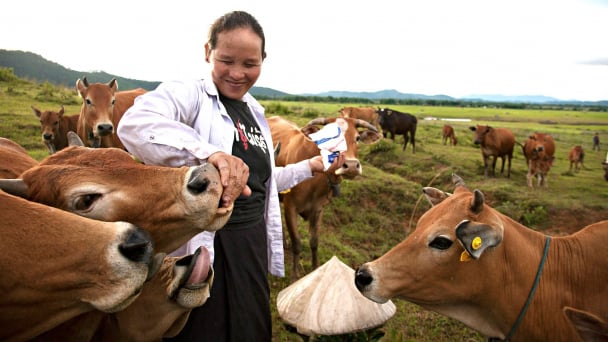
(VAN) The One Health approach is no longer merely an option, as increasingly complex challenges confront health and food systems.
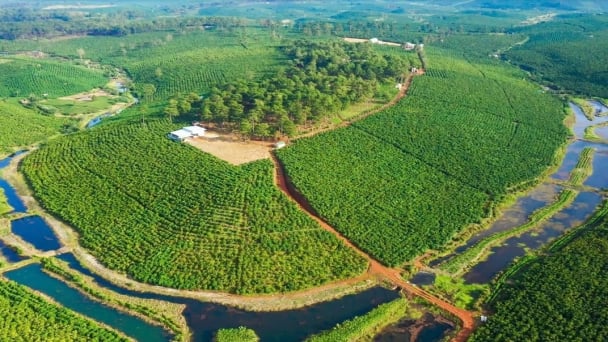
(VAN) The project promoting sustainable coffee production, with a focus on waste management and raising farmers’ awareness, has achieved many positive results after nearly two years of implementation.
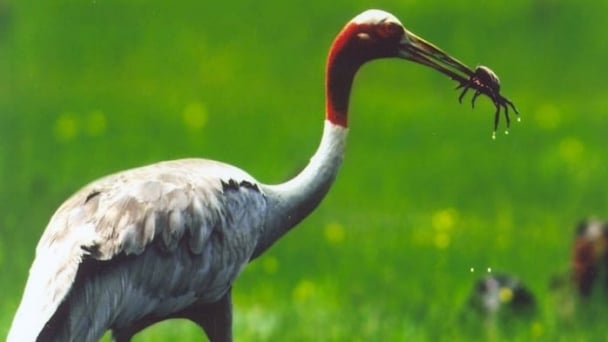
(VAN) Transferring and receiving 6 individuals of the red-crowned crane from Thailand to Vietnam marks a significant milestone in the conservation efforts for this species.
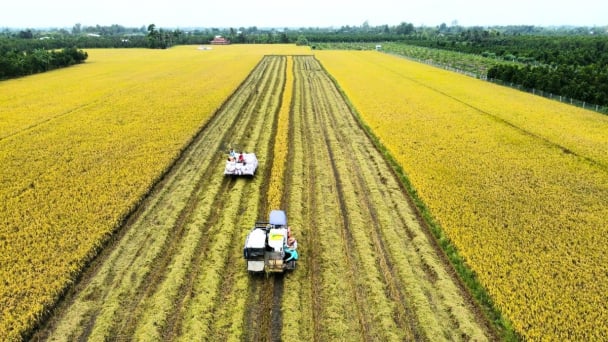
(VAN) After more than a year of implementation, the One Million Hectares of High-Quality, Low-Emission Rice project has completed the first steps, but it needs breakthrough solutions to deepen impacts in the upcoming phase.